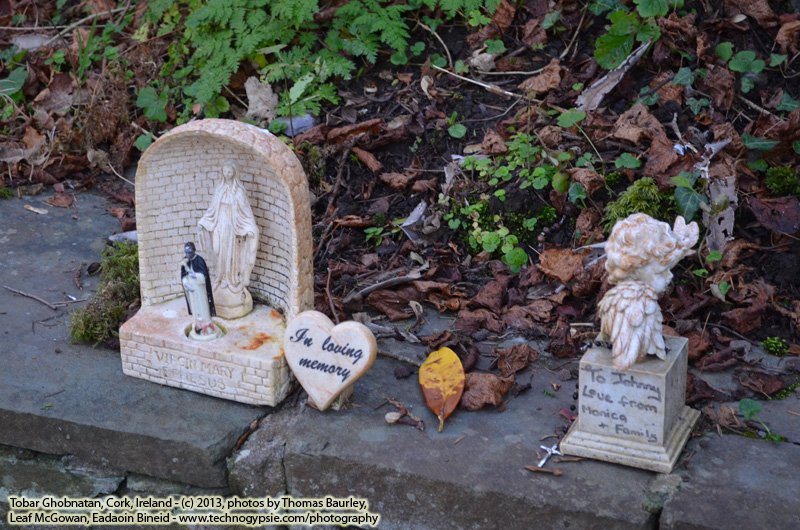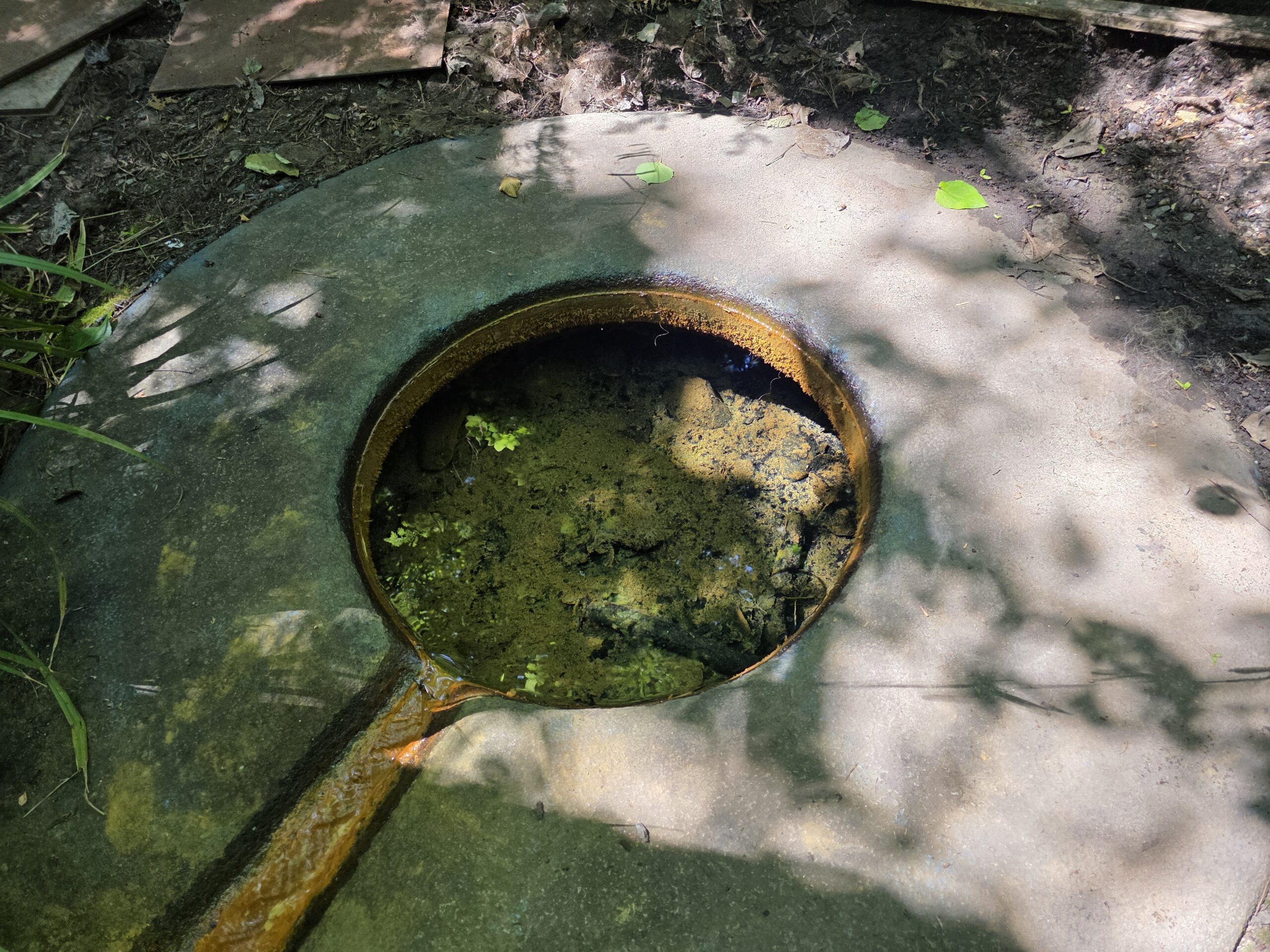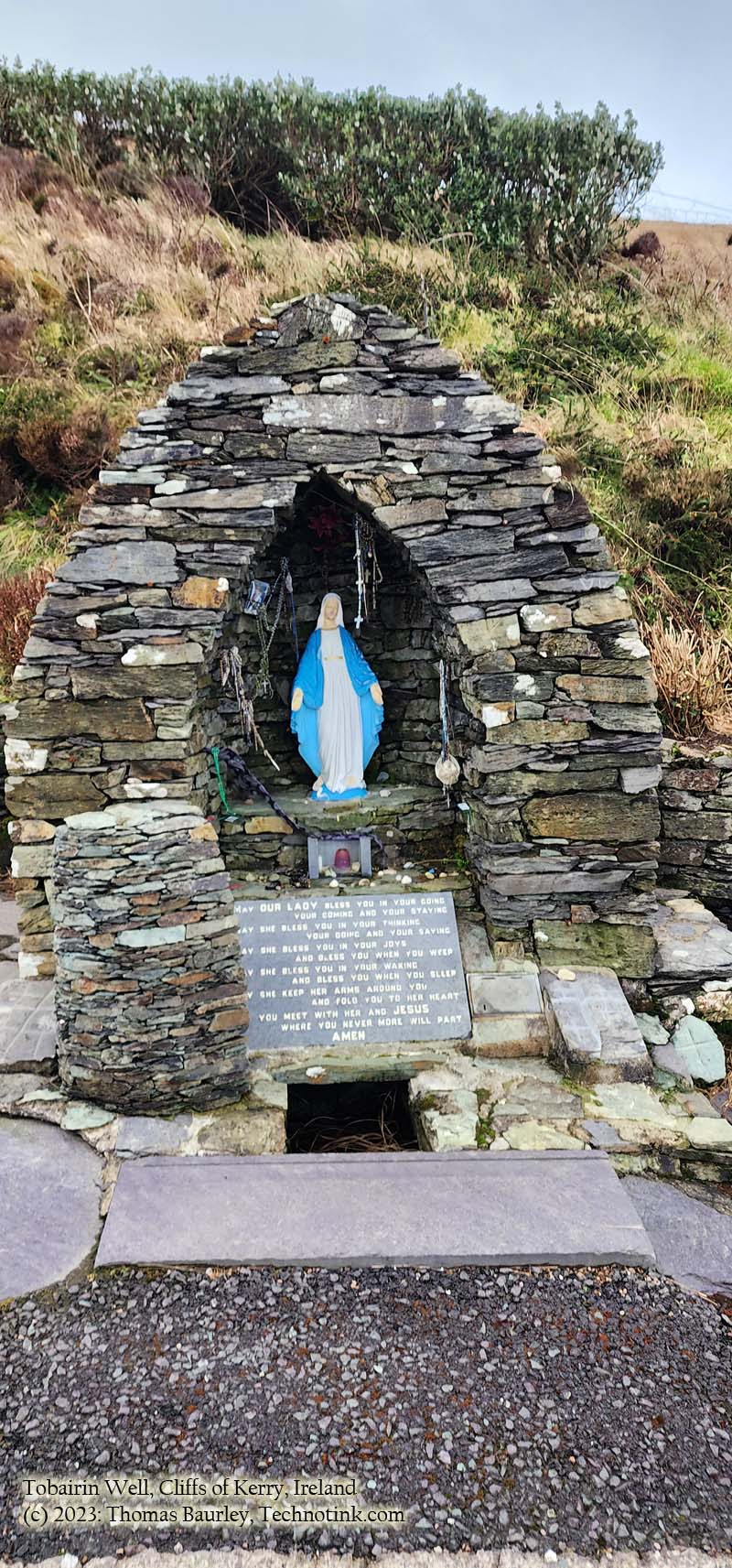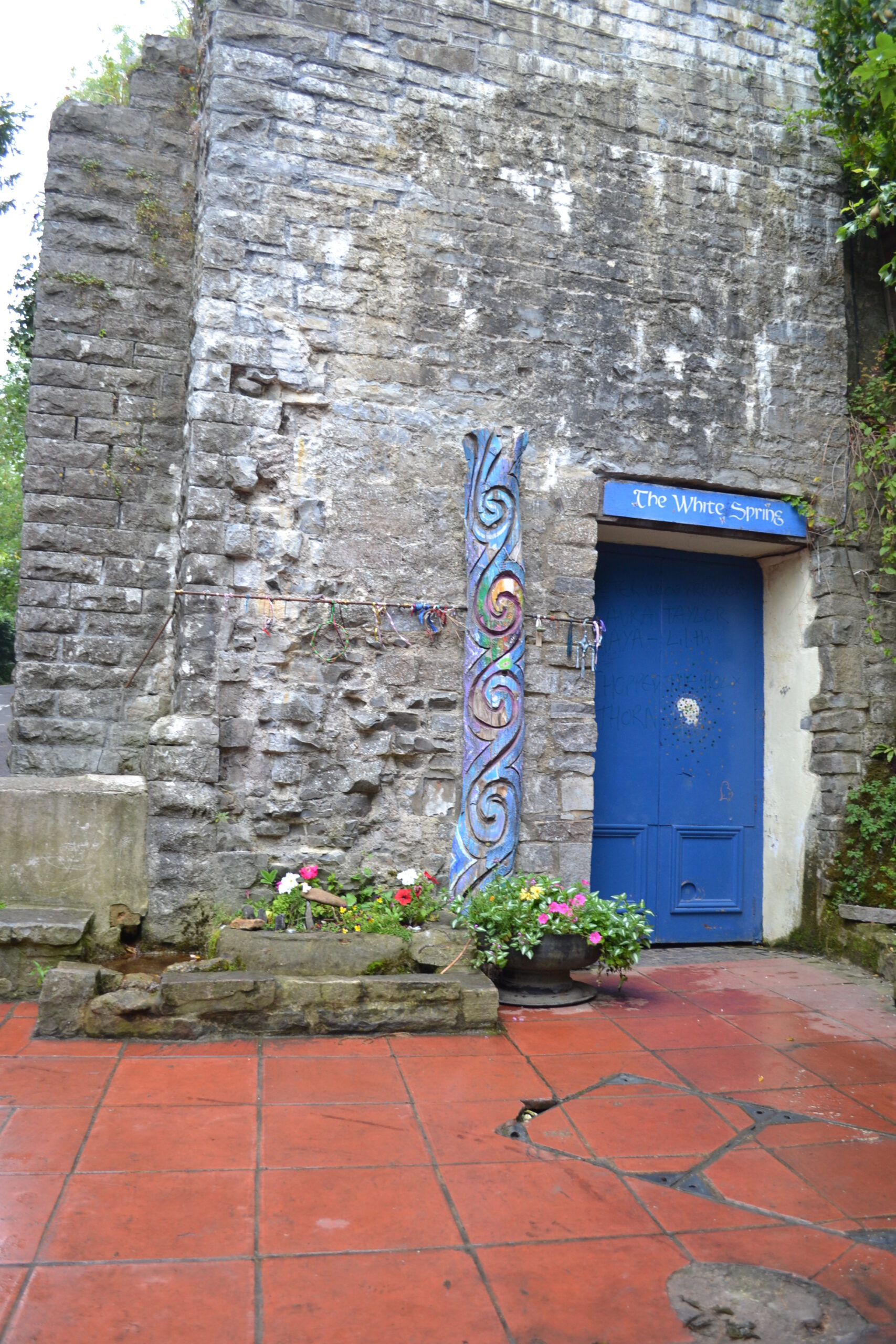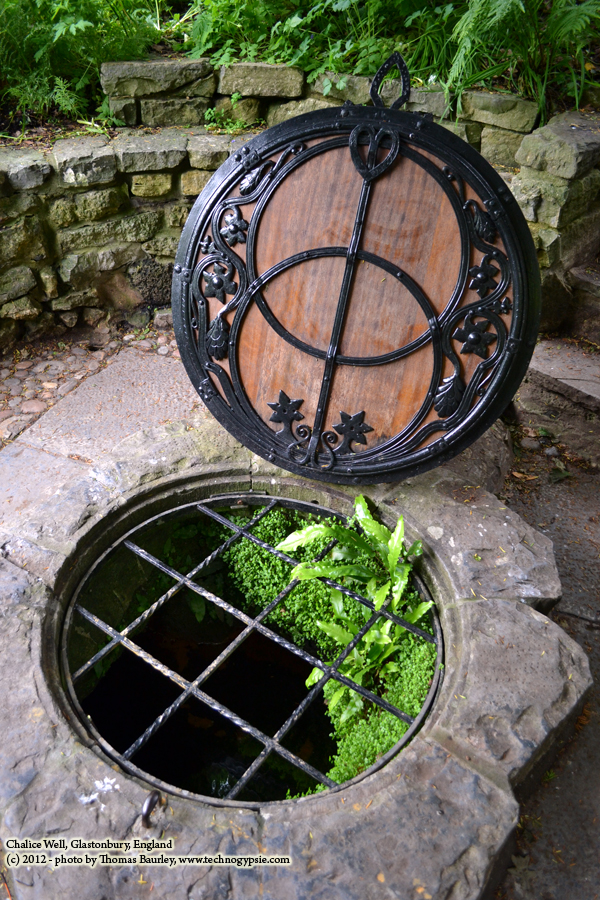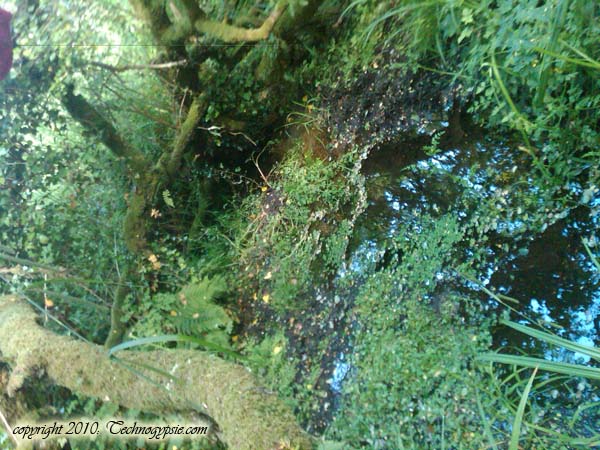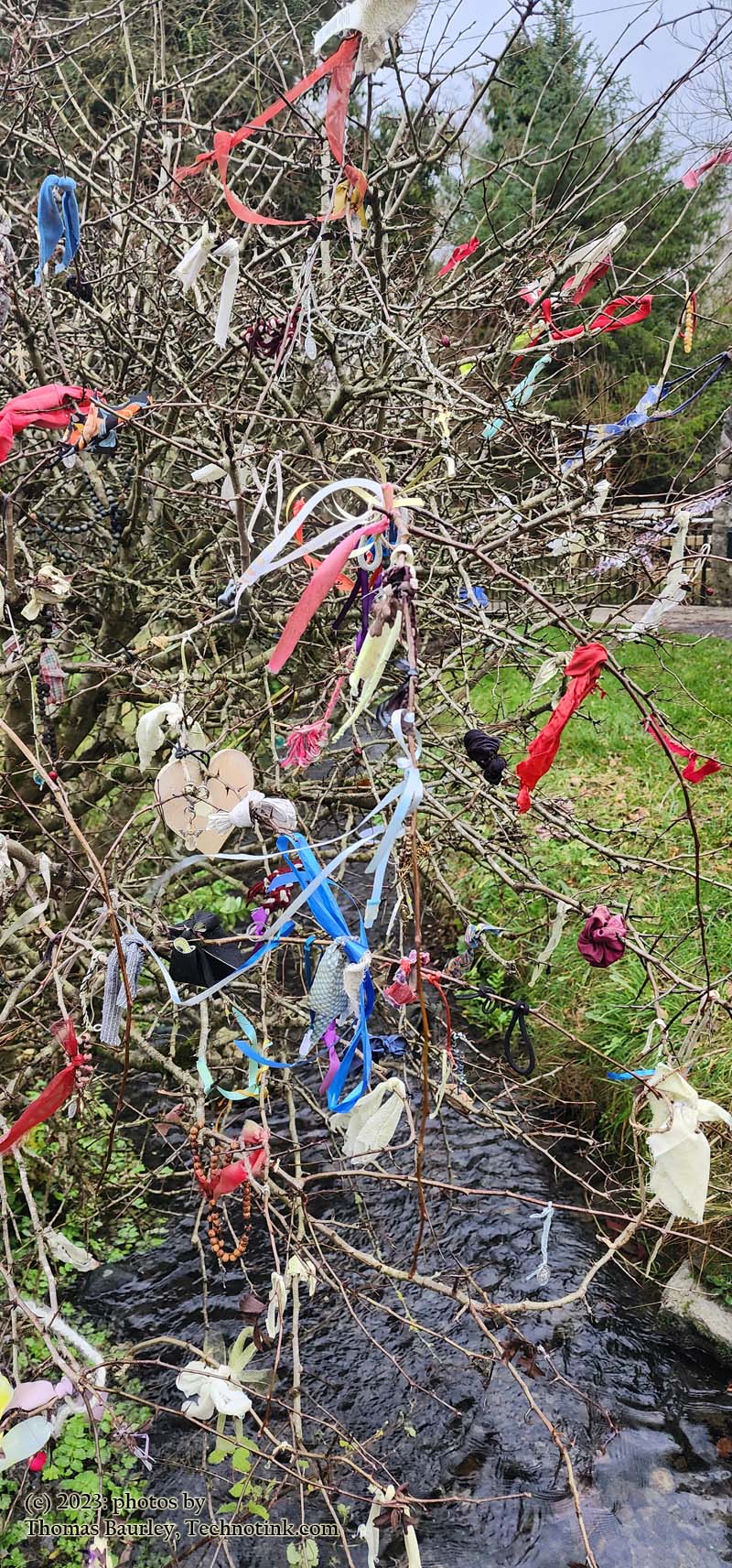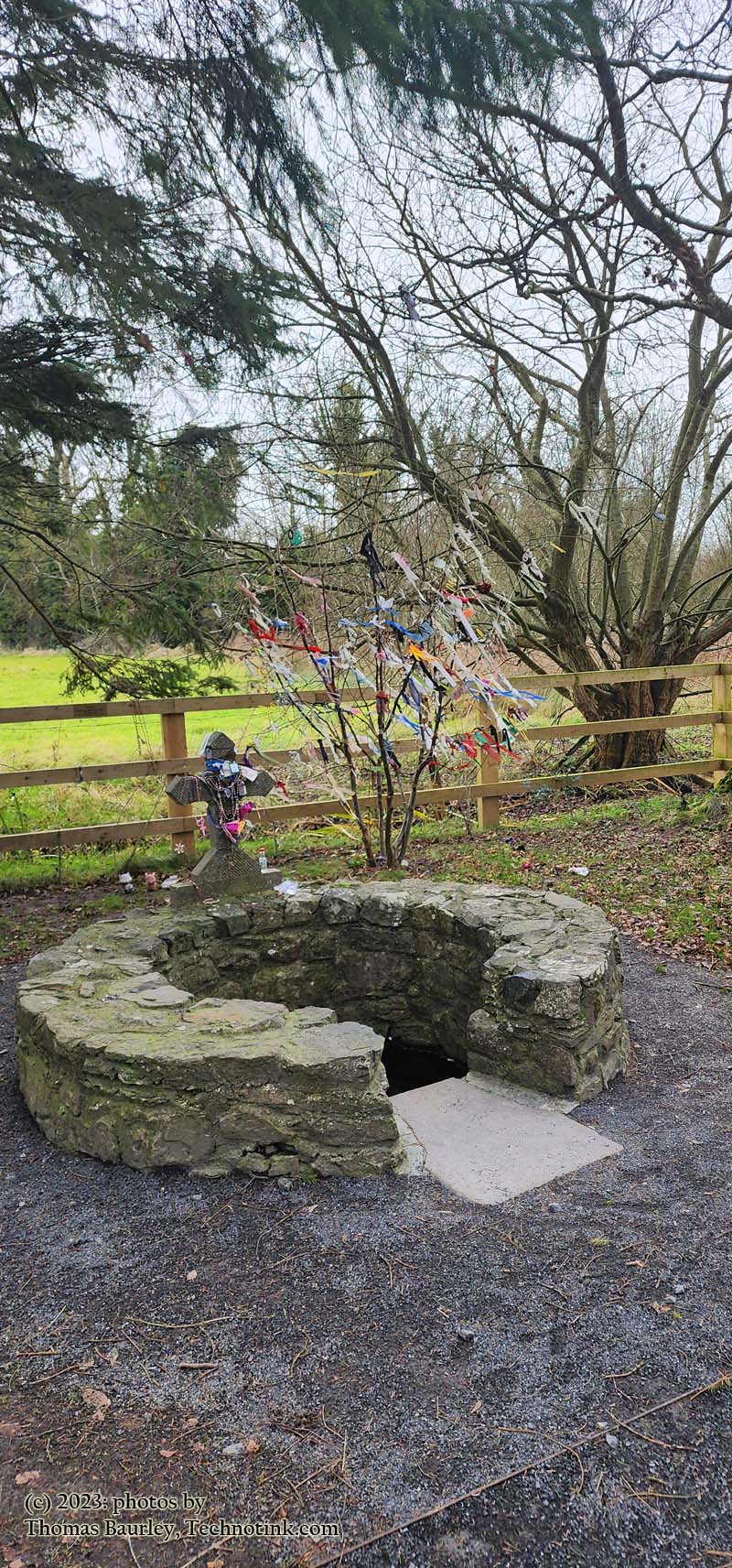Across the World are an unimaginable number of holy wells, sacred springs, magic waters, and legendary pools cloaked by a plethora of myths, legends, and magical attributes. These are especially in mass abundance amongst Western civilization, especially those with Anglo-Saxon and Celtic cultural roots. Most of these are referred to as “Holy Wells” in the lands of Ireland, England, Scotland, Wales, France, Germany, Iceland, Holland, and other parts of Europe. Some of these “Holy Wells” are simply natural springs that were accorded magical properties. They were originally attributed to a Pagan Deity or nature spirit and later canonized or taken over by a Christian Saint, especially during the growth of Catholicism.
Waters of Life
As water is very sacred and the wellspring of the “waters of life”, an essence that the plant and animal kingdoms cannot live without, it makes sense that such providers of life would be held sacred. While many of these springs would have been visited first purely for the act of quenching thirst, as they were visited, certain miracles and magical acts may have taken place, stories told at its mouth, cures being noticed, and pilgrims of certain spirits, Deities, or Saints would name their matron/patron/spirit to the spring. It would then be revered and often a well-font, ring, or structure built around protecting it with changing its definition from spring to well. Many myths and legends surround them attributing certain rites, rituals, acts, prayers, petitions, offerings, and/or sacrifices to be done at the font to gain a certain miracle, cure, gift, or blessing from the Deity, Saint, or spirit that owns the well.
These miraculous wellsprings grew in numbers across the Pagan world, absorbed by the Romans, Greeks, Minoans, and Celts, and spread throughout the civilizations. Every country or land had hundreds, if not thousands of these wells, some of which were mapped, recorded, and archived while others were the words of legends or lore. As civilization grew, waterworks were built, and many of the wells and springs were forgotten. As to the end of the last century, many of these forgotten wells began to vanish, become buried, destroyed, ignored, and/or the land consumed them closed. Especially during battles of faith, religion, witch hunts, the Inquisition, and the doom of Cromwell that many were purposely bulldozed and filled in.

Vanishing Resources
By the early 1900’s local regions only had one to a few hundred wells to be known of with little intent to preserve them. The landscape of the Celts however keeps many of the wells in situ and respect. These Celtic Lands were that of Wales, Ireland, Cornwall, and Scotland as having the densest concentrations of wells existing today. As early as 1895 – Holy Wells are recorded by Historical Trusts, Governmental Agencies, Universities, and Archaeological Records broke down by county as to how many can still be found. In parts of Cornwall over 90 wells can be located, with numbers increasing in Herefordshire (70), Glamorgan (180), Carmarthenshire (128), Pembrokeshire (236), Worcestershire, Shropshire, the Yorkshire Dales, Devon, and hundreds in the counties of Ireland.
Much of the research in tracking down the holy wells has been done by historians, archaeologists, churches, and enthusiasts. Many had to be found from oral legends and lore, local ethnographies, what little maps and documentation existed. Remains of wells still held up in the western parts of the United Kingdom and throughout Ireland, while the eastern part of England had very few. Many believe this was due to the Protestant destruction of sacred sites to Catholics and Pagans.
A Pagan Past
Originally, in Pagan times, these springs were used for blessings, cures, rituals, and prophecies. Many pools and sacred springs were used for divining omens, oracles, and prophecy. In addition, some pools, especially those of Greek or Roman influence, were used to curse one’s enemies. As Paganism vanished along the countryside, Catholicism and Christianity absorbed the sites that the “Heathens” were used to going to on a regular basis, incorporated the legends and lore with a Christianized slant – hijacking the wells away from Pagan Deities and Spirits attributing them to Saints. Christian pilgrimages to these sites pushed away many of what existing Pagans visiting them and becoming holy points of miracles and blessings under a certain Saint. During that Saint’s feast days, these holy wells were often swarmed upon by parishioners and pilgrims seeking blessings from that particular Saint on their holy day.
As early as the 7th-9th centuries most of these magical springs were now “holy wells” with stone masonry built around them, fonts, altars, chapels, and churches by them. As these were dates when major changes took place along the countryside with Christianity trying to take away all of Paganism’s traditions, sites, and spaces. Some of the famous Holy wells in the United Kingdom are Saint Winifred’s Well at Holywell, North Wales; St. Ludgvan’s Well in Cornwall that sprung forth when the Saint prayed on the spot; Saint Madron’s Well in Cornwall whereas no such Saint is believed to exist; St. Kenelm’s Well in Clent Hills – West Midlands that sprung forth on the spot where King Kenelm was murdered; St. Milborough’s Well in Central Shropshire came to be when St. Milburga fell from her horse and cut her head on the spot she commanded the horse’s hoof to break open the land spouting healing waters for her; Gwynllyw’s Well in Glamorgan (South Wales) that sprung forth when the Saint stuck his staff in the ground as also did St. Illtud’s Well on the Gower peninsula (South Wales).
These wells through time became well known and attested for their cures, the commonest of which were for the healing of eyes, children’s diseases, rickets, paralysis, polio, whooping cough, infertility, broken bones, sprains, and the cleansing of one’s soul. Other cures found at some of these sites would be leprosy, skin diseases, lameness, insanity, palsies, and agues. It was either the well as a sacred site upon which a ritual is to be done, drinking of the magic waters, splashing the holy water on the area of illness, dropping pins in the waters, hanging clooties on the trees, or going to the site to make a petition or prayer to a particular spirit, Saint, or Deity linked to the wellspring. In South Wales, there is a well upon which a faerie was known as the “Lady of Llyn Y Fan Fach” resides is petitioned for various healings.
She was a faerie who was courted by and married to the Shepherd of Myddfai who was under a geas not to strike her needlessly more than three times. When he struck her the third time, she and her faerie cattle went under the lake only to return to teach faerie healing to her surviving three sons that became the famous Physicians of Myddfai.
Blessings and Cures
Pilgrims and attendees of the wells continue to approach these magical places with prayers, spells, and rites they use to request various blessings and cures. Each well had its own magic, spells, and rituals it required to activate the request. With the Christianization, the rumor was made known certain Saint wells only worked during certain days, usually that of the High Days of that particular Saint. This is why local parishes would hold mass at particular wells during these dates. This practice is still held today at many wells across Europe. For Pagans, however, the magical times of some of these waters would be during the Sabbats, Equinoxes, and Solstices – with Beltane and Lughnasa/Lammas as being the most popular.
Other wells required visits during certain times of days or astronomical phenomena, full moons, moon, or sunrises. Dawn and Sunrise, Full Moons, and New Moons being the most popular. Others required various directions of approach, circumambulation, rites, and rituals. Many wells require silence and meditation, while others suggest song and dance. Hammering coins into the trees along the well’s edge, hanging clooties that were rubbed with the illness tied to a thorn tree nearby with the understanding that as the cloth decays so will the illness. Women wishing to become pregnant or those with troubles would wade into the waters for their wishes to be fulfilled. Baptisms, blessings, and confirmations are also often done at these wells, as well as marriages, handfastings, and commitments.
Offerings
Certain rivers and natural bodies of water also were deemed “sacred” and “magical”. They in effect are treated the same way as wells are. Points in the river that pool up known to have curative powers are most powerful at points where the living and dead pass (such as bridges where both living cross and dead are carried over for burial). Offerings at these sites are very common, especially in Greek, Roman, and Celtic observations. This is done by rags or jewelry tied to trees, pins or coins dropped in the water, coins hammered in neighboring sacred trees, herbs or food tossed in the water, and in ancient days – animal, plant, and/or human sacrifices. Sometimes figurines, rock sculptures, art, photos, and crafts are left. Sometimes they are removed after such blessing is granted. Various areas will differ as to what is left and what is done at the site. Rags are the most common practice today since the 18th century at sites in Scotland, Cornwall, and Ireland while in Wales, England, and parts of Germany it was the leaving of pins.
Sometimes the pins were bent others were left straight. Buttons, beads, crystals, stones, and flowers are also common at some sites. At Roman-influenced sites, sometimes it is curses inscribed on stones or pieces of metal or cloth tossed within the waters. At other sites, medical utensils, apparatus, and tools can sometimes be found varying from crutches to stethoscopes. Other wells require more bloody offerings such as a pinprick drop of blood into the waters or a vial of menstrual blood. Evidence of rituals – candles, incense, altars, and spell work also are common at these places.
Offerings to the Springs, Wells, and Rivers are very common throughout the course of history dating to at least the early Bronze Age when Romans, Greeks, Celts, and Egyptians toss treasures, helmets, swords, shields, gold, and silver into rivers, lakes, wells, and bogs. More macabre murders, human sacrifices, and bones are found at other locations.
Wells, Springs, and Rivers all often had guardians watching over them and in some cases were seen as entrances to the world of Faeries or the Otherworld. The Guardians would protect the bodies of water, oversee the petitions and offerings, and sometimes were seen as guides for journeying between the worlds. These were seen as Sirens, Naiads, Nymphs, Deities, creatures, Trolls, Ancient Ones, and Saints. Others were guarded by teams of humans, lonesome priests, caretakers, Druids, Shamans, or shepherds. Some of these individuals were bound for a lifetime to overlook the waters.
Baurley, Thomas 7/10/2010 “Holy Wells”. Official web page: http://www.naiads.org/well/?page_id=635. © 2010 – Technogypsie Productions: Colorado Springs, Colorado. If you enjoy this article, please gift technotinkmedia@gmail.com on PayPal to treat the author a drink, meal, or travel funds to do more.
Bibliography/Recommended Reading:
- Bord, Janet & Colin “Sacred Waters: Holy Wells and Water Lore in Britain and Ireland”. (ISBN:0-246-12036-3)
- Jones, Francis “The Holy Wells of Wales”. University of Wales Press: Cardiff, Wales. (ISBN: 0-7083-11450-8)
- McNeill, F. Marian “The Silver Bough”. Canongate Classics: Edinburgh, Scotland. (ISBN: 0-86241-23105)
- Quiller-Couch, M & L “Ancient and Holy Wells of Cornwall”. Tamara Publications: Liskeard, Cornwall. (ISBN 9-780951-282250)
- Rowan 1996 “Buttons, Bras, and Pins”. Website referenced January 25, 2014, at http://www.whitedragon.org.uk/articles/holywell.htm.
- Sant, Jonathan “The Healing Wells of Herefordshire”. Moondial Books. (ISBN: 9-780952-499008)
